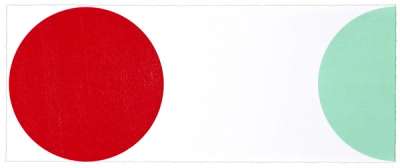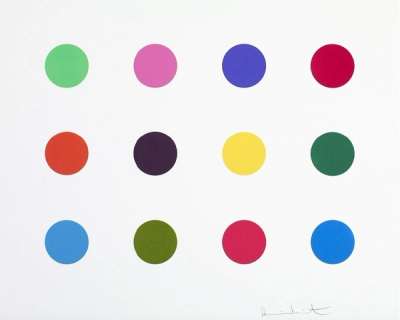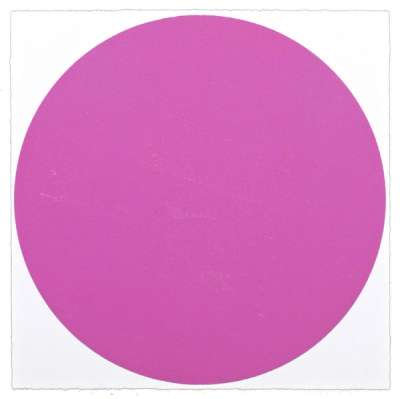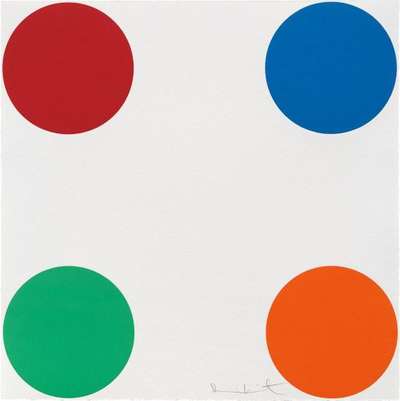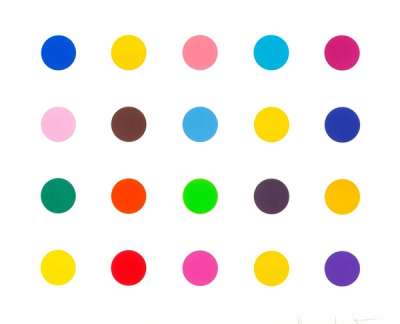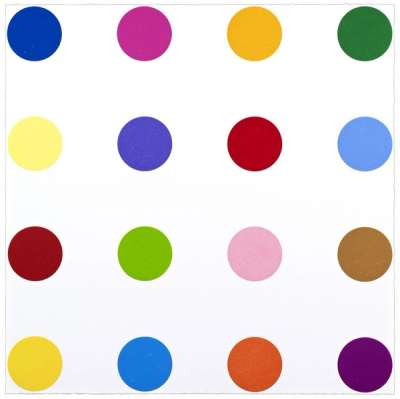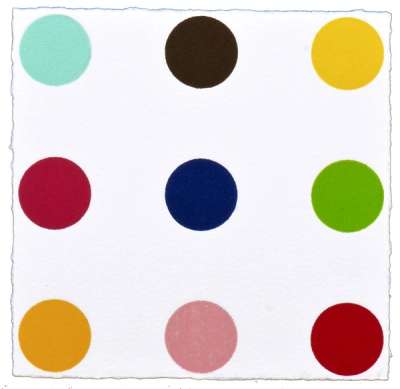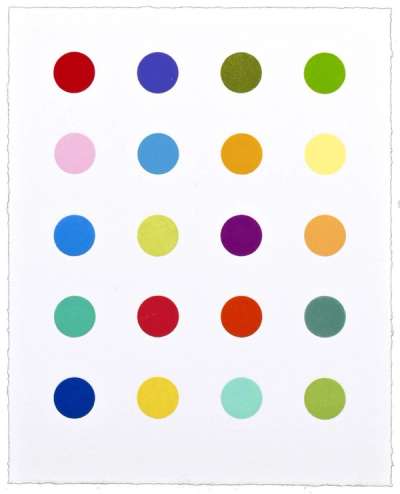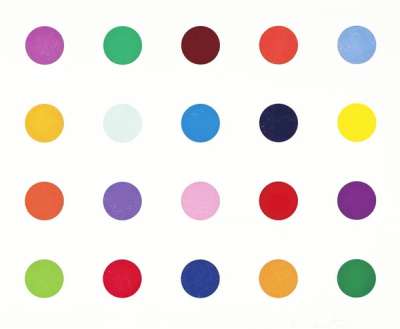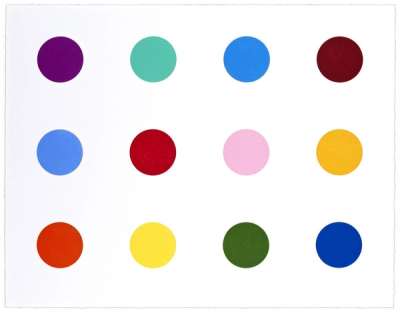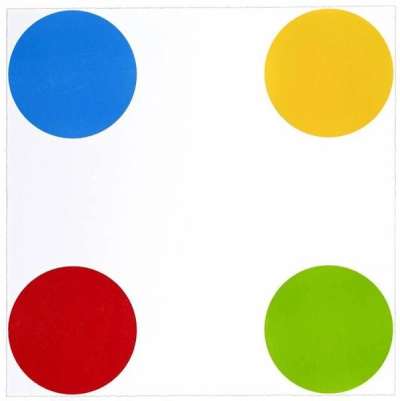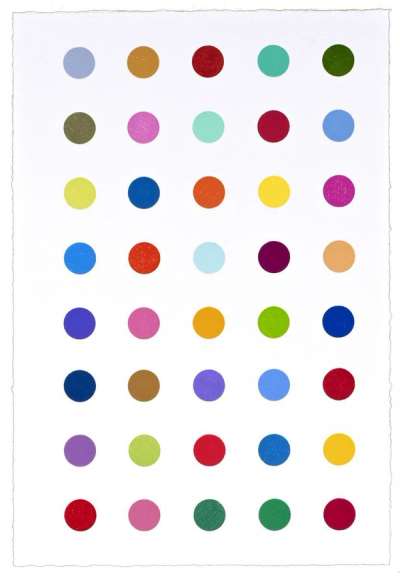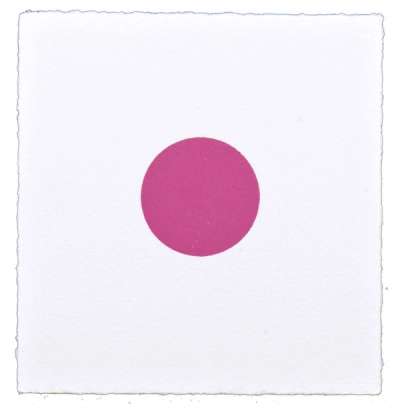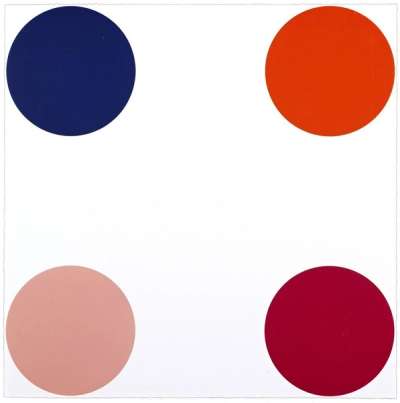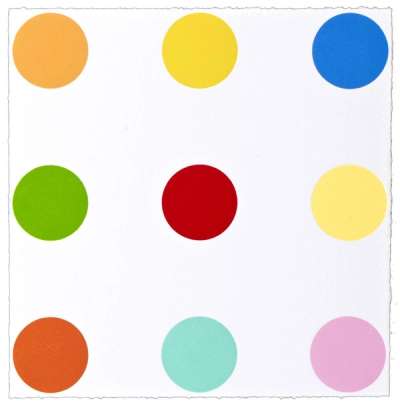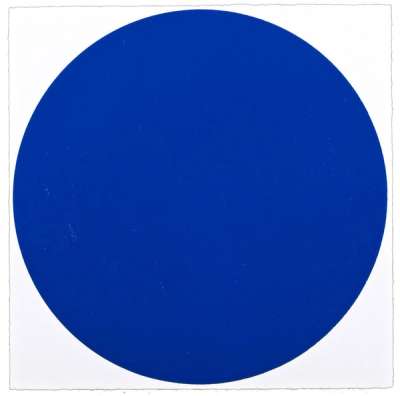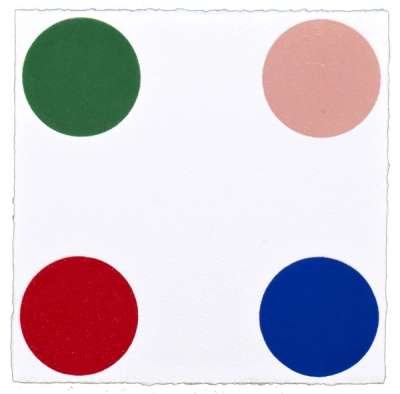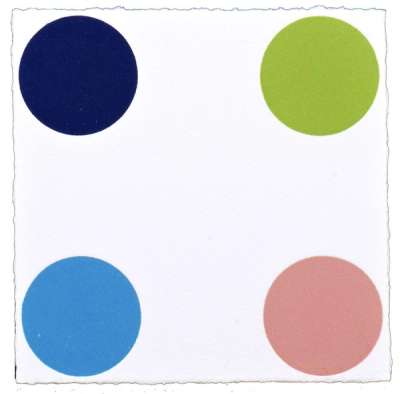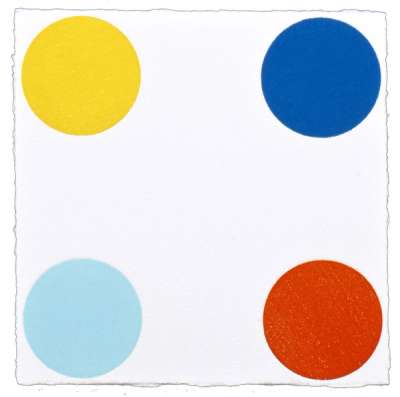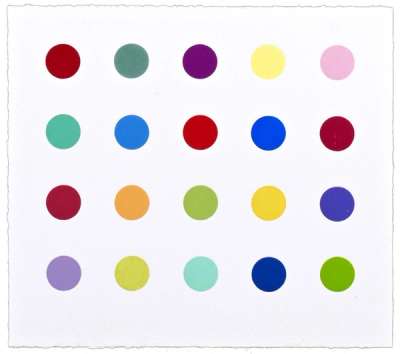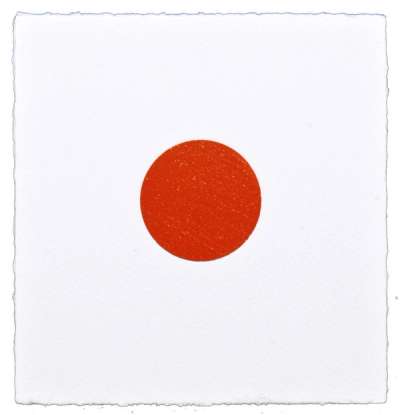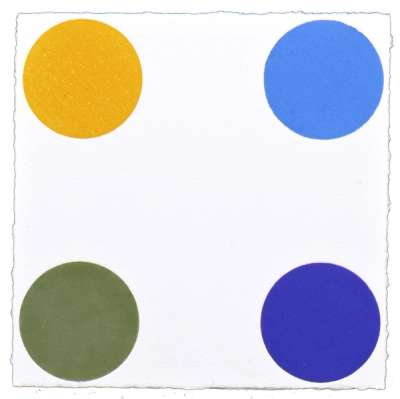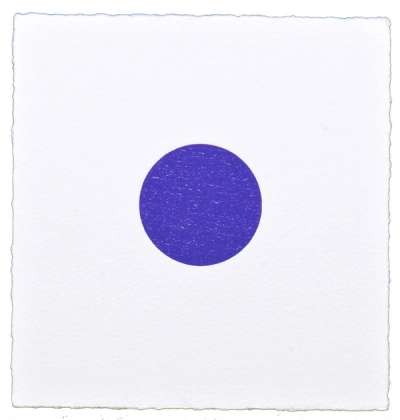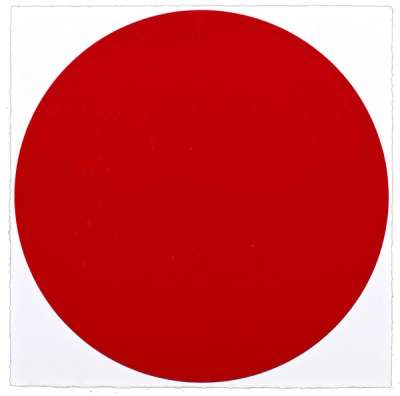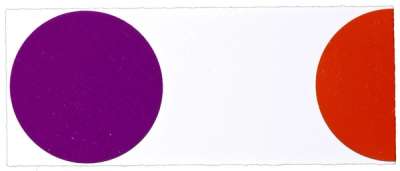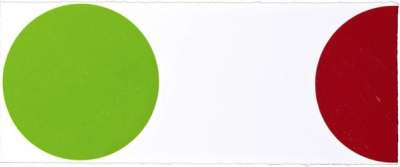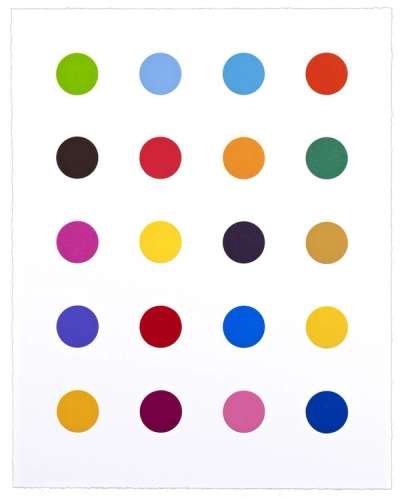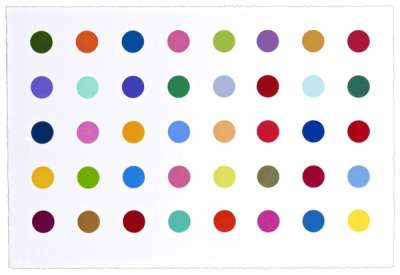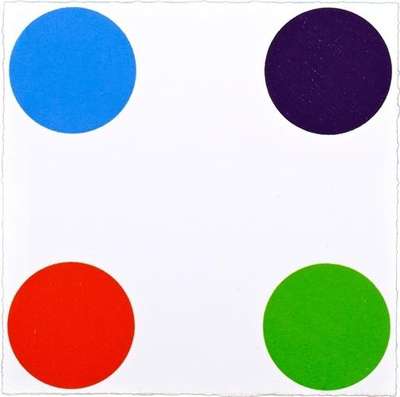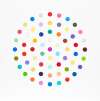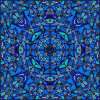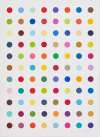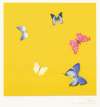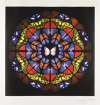40
Woodcut Spots
Damien Hirst’s 40 Woodcut Spots, begun in 2011, is one of his largest print series, each print offered in an edition of 55. In capturing the crisp, formulaic work of his spot paintings in woodcut form, Hirst achieves a surprising variety of compositional development and texture.
Damien Hirst 40 Woodcut Spots For sale
40 Woodcut Spots Value (5 Years)
With £46747 in the past 12 months, Damien Hirst's 40 Woodcut Spots series is one of the most actively traded in the market. Prices have varied significantly – from £749 to £20250 – driven by fluctuations in factors like condition, provenance, and market timing. Over the past 12 months, the average selling price was £5194, with an average annual growth rate of -5.09% across the series.
40 Woodcut Spots Market value
Auction Results
| Artwork | Auction Date | Auction House | Return to Seller | Hammer Price | Buyer Paid |
|---|---|---|---|---|---|
Cesium Sulfate Damien Hirst Signed Print | 22 Oct 2025 | Phillips New York | £2,040 | £2,400 | £3,400 |
Quinizarin Damien Hirst Signed Print | 17 Jul 2025 | Christie's New York | £2,083 | £2,450 | £3,300 |
 Doxylamine Damien Hirst Signed Print | 5 Jun 2025 | Phillips London | £8,075 | £9,500 | £12,500 |
 Elaidoyl Chloride Damien Hirst Signed Print | 16 Apr 2025 | Christie's New York | £3,018 | £3,550 | £4,800 |
 Maltohexaose Damien Hirst Signed Print | 16 Apr 2025 | Christie's New York | £6,375 | £7,500 | £10,500 |
 Curare Damien Hirst Signed Print | 26 Feb 2025 | Christie's New York | £5,100 | £6,000 | £8,500 |
 Fenbufen Damien Hirst Signed Print | 26 Feb 2025 | Christie's New York | £4,675 | £5,500 | £7,500 |
 Lauric Acid Butyl Ester Damien Hirst Signed Print | 11 Dec 2024 | Freeman's | £2,848 | £3,350 | £4,500 |
Sell Your Art
with Us
with Us
Join Our Network of Collectors. Buy, Sell and Track Demand
Meaning & Analysis
Hirst’s 40 Woodcut Spots is one of his largest print collections, published in editions of 55 and showing huge variety across his signature dot motif. The series is representative of one of Hirst’s most iconic genre of works, the spot paintings. These works first appeared in the Freeze exhibition, curated by Hirst himself in London in 1988. This exhibition showcased his own work alongside the work of his friends and fellow students from Goldsmiths College in an abandoned docklands warehouse. Marking a turning point in Hirst’s career, Hirst then rose to fame and would go on to win the Turner prize seven years later.
Due to its vast size, the 40 Woodcut Spots collection showcases huge variety in its deceptively simplistic subject matter. Every single print in the series shows a unique combination of coloured spots in various sizes and grid formulations. Some of the prints show a single large spot in the centre of the composition, whilst others show many rows and columns of spots equally spaced and set against a white backdrop. The spots represent abstraction reduced to its most basic mechanisms: colour, form and composition. The grid formula for these paintings is the basis for an unbounded series where Hirst can infinitely explore harmonious and contrasting colour combinations. Hirst has explained that, “mathematically, with the spot paintings, I probably discovered the most fundamentally important thing in any kind of art. Which is the harmony of where colour can exist on its own, interacting with other colours in a perfect format.”
The titles of each print, based on names of chemical compounds, are abstract in their lack of significance of something tangible in the world. The chemical names evoke nondescript powders or pills and there is an incessant endlessness to the series. The circles are printed in flat, block hues and no colour is repeated twice on the same canvas. Hirst in 2000 remarked on the impact of an installation of multiple spot paintings, “it’s an assault on your senses. They grab hold of you and give you a good shaking. As adults, we’re not used to it. It’s an amazing fact that all objects leap beyond their own dimension.”
The first spot paintings that appeared at the Freeze show were hand-painted spots that were messy, expressionist and dripped down an 8ft-by-12ft panel. The two painted arrangements of coloured spots onto the wall of the warehouse, titling them Edge and Row respectively. In contrast to the original spot paintings, the prints in the 40 Woodcut Spots series are precise and clinical in their aesthetic. The Freeze exhibition marked a turning point in Hirst’s career where he began to employ assistants to create the spot paintings. This was part of the artist’s aims towards creating works that appear to have been produced mechanically and without human intervention.
